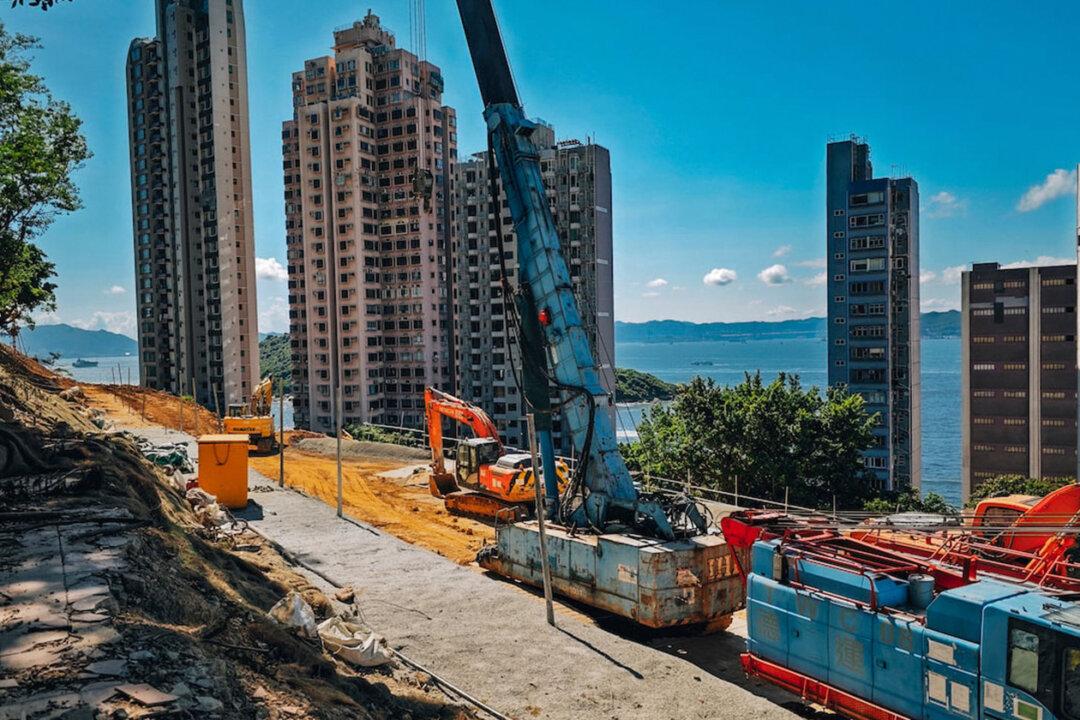The roaring sound of bulldozers radiating out from a dusty construction site in Hong Kong’s Sai Wan District bears witness to site formation and infrastructure works being carried out for a public housing development at the Ka Wai Man Road and the former Mount Davis Cottage Area. Once again, the Kennedy Town landscape is being transformed.
Mount Davis earned a specific place in history when Hong Kong endured repeated bouts of the bubonic plague. After it first broke out in 1894, the plague killed 2,500 people in just four months. In order to bury the victims, the government established a temporary cemetery at Mount Davis. The shabby tombstones from the area are a testament to the century-old epidemic during the early days of Hong Kong’s history.




